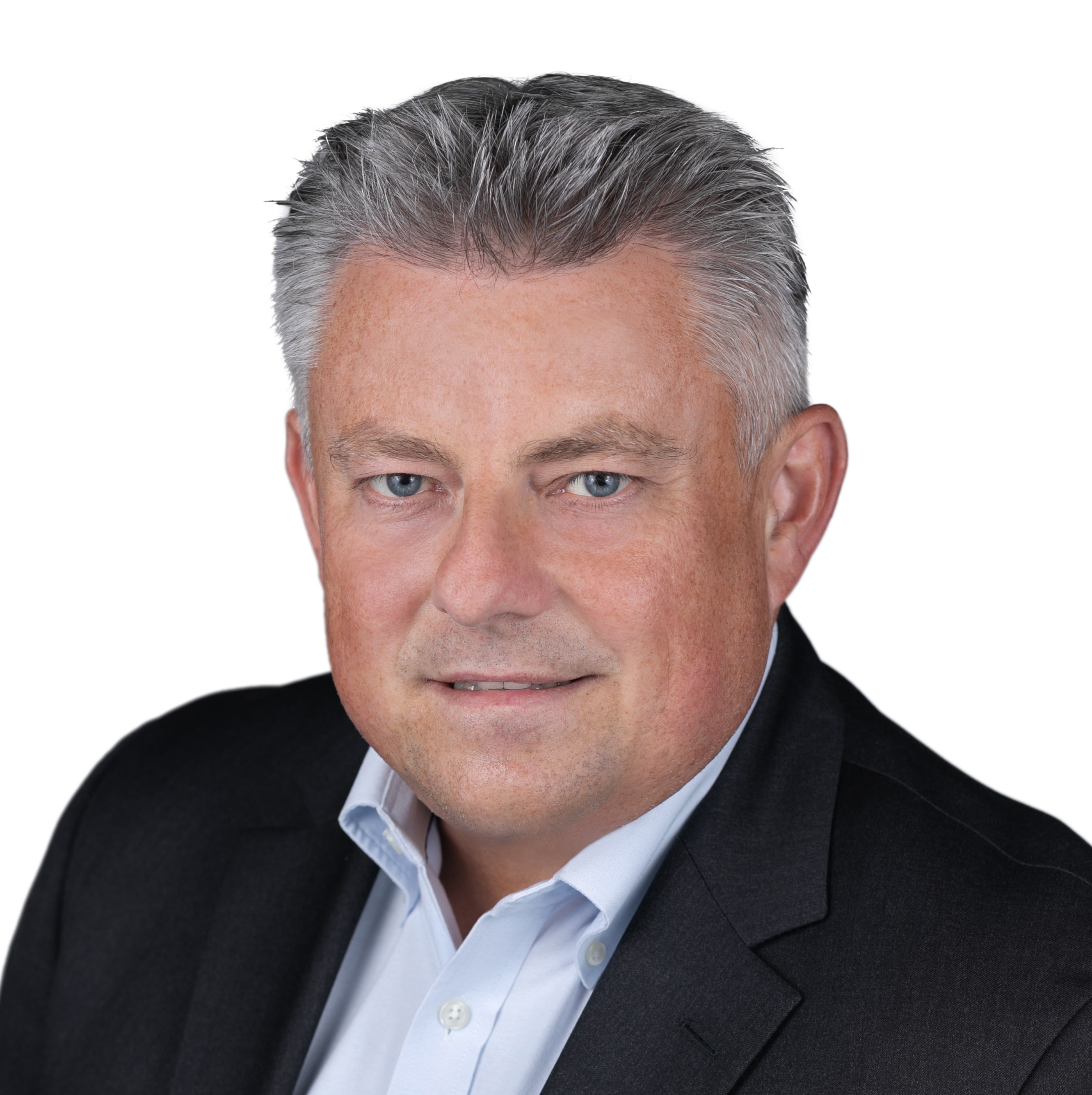
Boris Murmann
Open-source development has revolutionized the creation, maintenance, and distribution of software products over the past two decades. In recent years, open source afficionados have set out to replicate this success story for hardware design, including custom VLSI chips. The potential benefits of an open-source ecosystem for chip design are manifold and include: (1) Design re-use and cost-efficient agile design, (2) new opportunities in standardization, crowdsourcing and open global collaboration, (3) democratizing access to chip technology and attracting new talent. This talk will review the latest developments in this new and exciting movement.
 |
Boris Murmann is a Professor of Electrical Engineering at Stanford University. He joined Stanford in 2004 after completing his Ph.D. degree in electrical engineering at the University of California, Berkeley in 2003. From 1994 to 1997, he was with Neutron Microelectronics, Germany, where he developed low-power and smart-power ASICs. Since 2004, he has worked as a consultant with numerous Silicon Valley companies. Dr. Murmann’s research interests are in mixed-signal integrated circuit design, with special emphasis on sensor interfaces, data converters, high-speed communication, and machine learning. He is a Fellow of the IEEE. |
Kevin Zhang
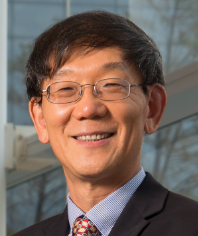 |
Current Position:
Experience:
Education:
|
組み込みシステムの処理ループは、現実世界とのインタフェースを司る アナログ部と、信号処理を行うデジタル部から構成されます。様々な技術が 互いに協調して動作することで、価値を発揮しますが、そのコアとなるのが コンピューティング技術、プロセッサです。本講演では、MCU, SoCサプライヤ であるルネサスにおけるプロセッサ設計事例と、今後の動向についてお話し します。
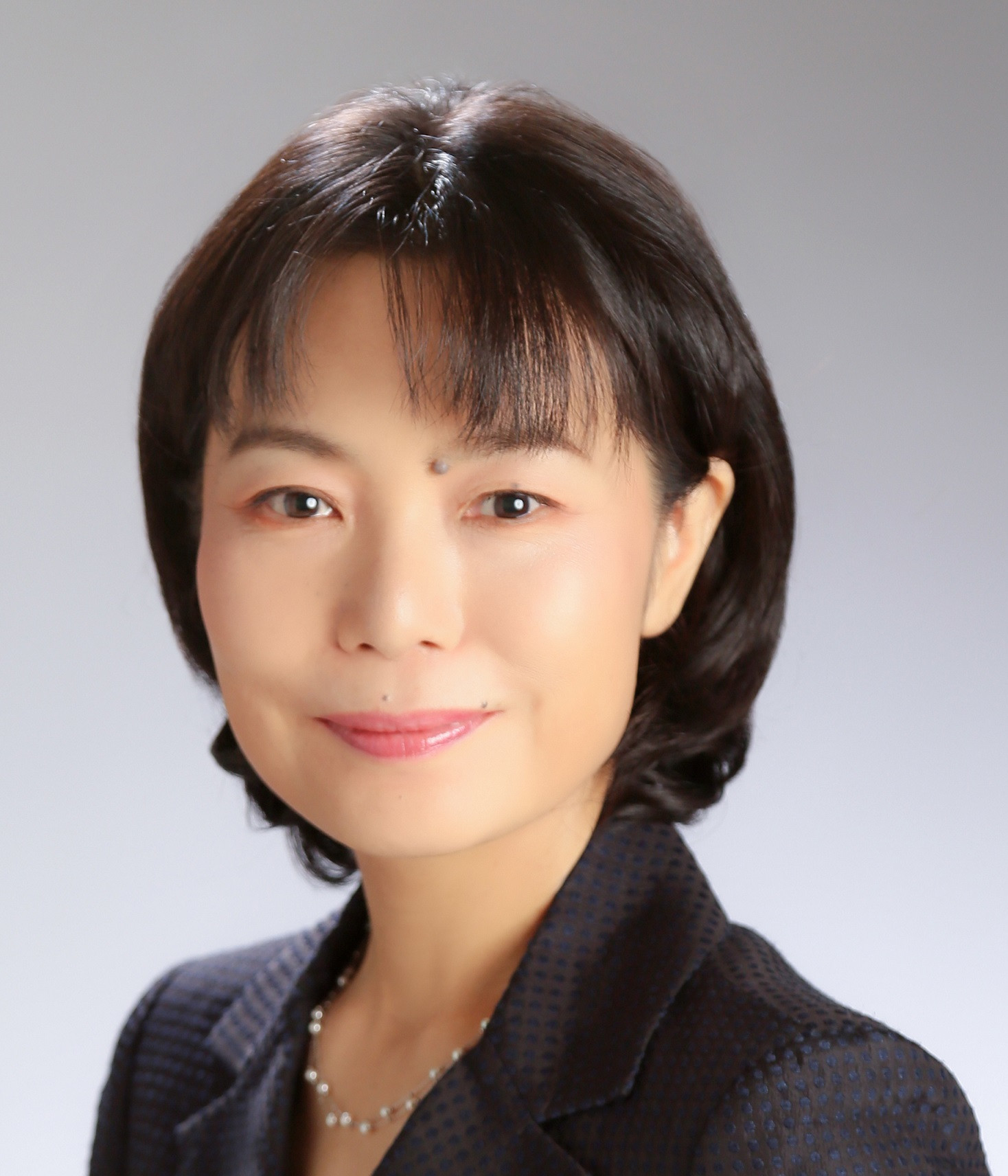 |
現職:
職歴
学位:
|
『機械学習を使った今までにないデバイスをあまねく世に広める』ことをミッションに、私共LeapMindは創業以来150を超える企業と共同開発・研究を行ってきました。そこで得られた知見を元に、量子化技術をエッジAIにおけるスタンダードにすることを目指し、2020年10月超低消費電力AI推論アクセラレータIP「Efficiera」の商用化を開始、同時にエッジ上での実用化を想定したディープラーニング用の学習モデルの提供を始めました。創設以来、ディープラーニング用のソフトウェア開発を主軸としていた私共LeapMindにとって、半導体というハードの世界への挑戦は試行錯誤の連続でした。しかし、それは現在、ソフトウェアとハードウェアの両面からアプローチができるという強みにもなっています。 今回の講演では、AIチップ開発プロジェクトに参画したことで得られた学びを中心に、実用化に向け、ハード、ソフト両面からの我々の取り組みと、顧客からの声を元にしたエッジAI活用シーンをご紹介します。
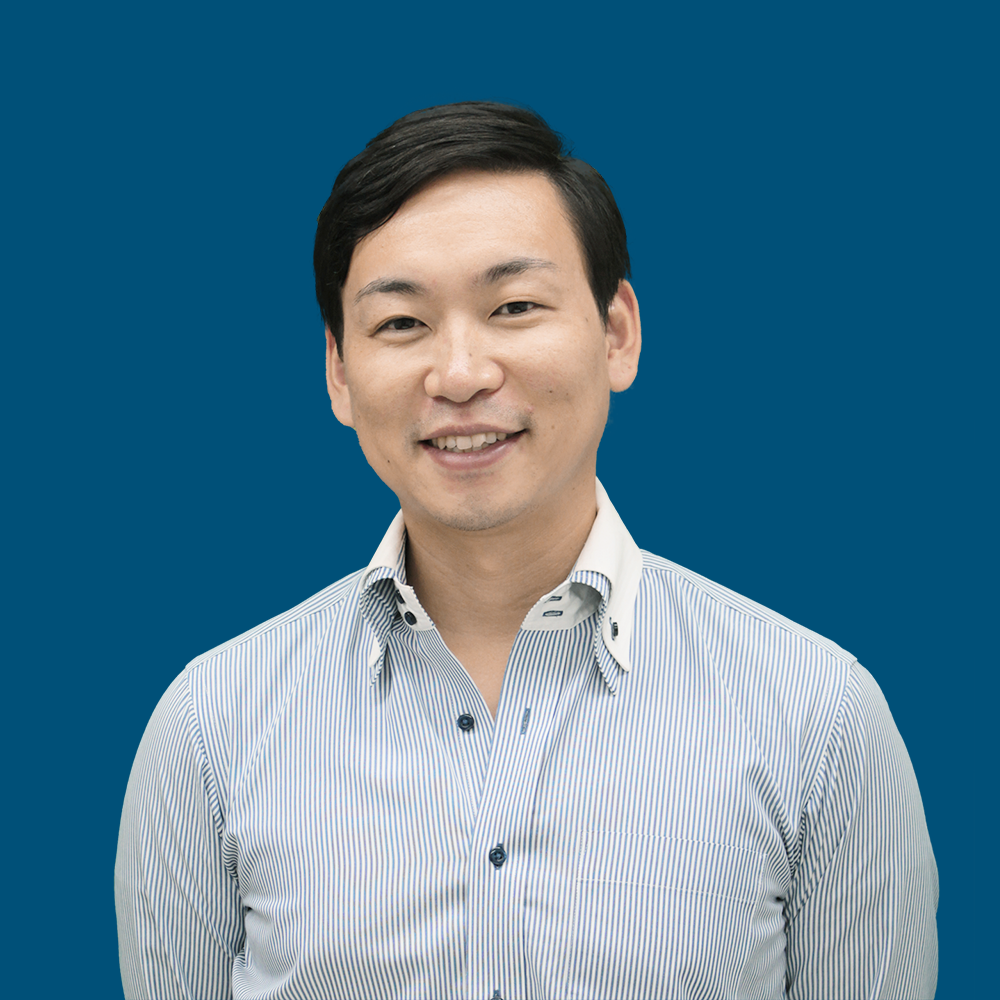 |
現職:
職歴 2011年にエンジニアのスキルを可視化・マッチングするサービスを立ち上げシンガポール進出をし、同事業を事業譲渡。その後、ディープラーニング技術を「コンパクトに、シンプルに」することで誰でも簡単に使えるプラットフォームを作り、複雑で煩雑な先端技術を社会に還元させ、世の中を一歩先に進めるためにLeapMindを設立。 |
株式会社ニューフレアテクノロジーは最先端半導体デバイスの生産に使用されるマルチ電子ビームマスク描画装置MBM-2000を開発し、販売を開始した。本装置には東京大学および東京工業大学との共同研究の知見を応用したLSI-MEMSデバイスが搭載されている。本講演では当社の電子ビームマスク描画装置開発の歴史を振り返りつつ、新規開発したLSI-MEMSデバイスについて報告する。
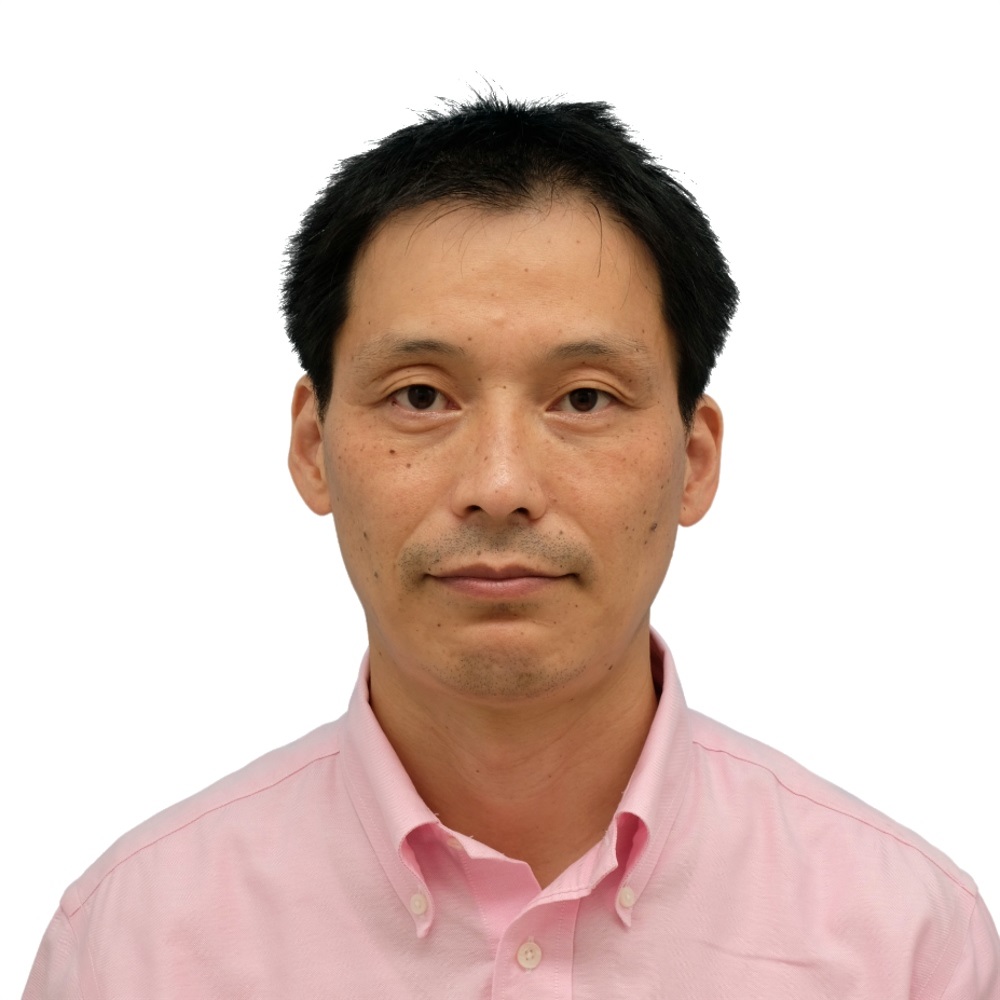 |
五島嘉国は、日本大学大学院で理工学研究科を卒業後、1998年に当時の東芝機械に入社。 入社以来、シングル及びマルチ電子ビームマスク描画装置開発に23年以上携わる。 2012年からはマルチ電子ビームマスク描画装置開発に加わり、特にLSI-MEMS/BAAの耐放射線化に携わる。 現在は新しい開発プロジェクトのため、NFA-NY R&D (NuFlare Technology America in NY)で活動中。 Yoshikuni GOSHIMA joined Toshiba Machine in 1998 after he received master degree of Science and Engineering at Nihon University. He has been working as an engineer of developing of electron beam mask writer on single and multi beam for more than 23 years in NuFlare Technology. Since 2012, he joined the multi-beam mask writer project, especially involved LSI-MEMS/BAA radiation hardening. Currently he is working at NFA-NY R&D (NuFlare Technology America in NY) for new development project. |
Michel de Labachererie
The European EuroNanoLab network includes 44 nanotechnology platforms in 15 countries and represents a nanofabrication capacity larger than any single cleanroom. The presentation explains the vision of EuroNanoLab, which aims at organizing a nanofabrication system for academic research based on multiple cleanrooms to accelerate the research of its user scientists. Details of ongoing actions to advance towards this goal are also presented.
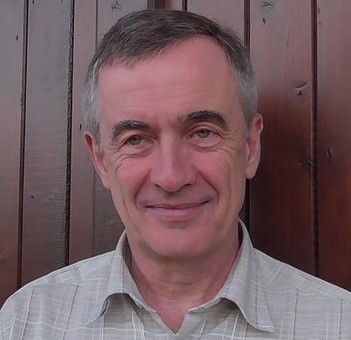 |
Prof. Michel de Labachelerie has been a scientist at the French National Center for Scientific Research (CNRS) since 1982. His research was first dedicated to high-frequency-stability semiconductor lasers at Orsay University and then at Tokyo Institute of Technology between 1993 and 1995. During his stay in Japan, Prof. Labachelerie switched to the field of MEMS technologies and founded the LIMMS (French-Japanese laboratory on Micro-Mechatronics at the University of Tokyo). Subsequently, he was appointed to the position of Research Director at CNRS for the development of MEMS devices at a laboratory in Besancon (France). In 2004, Prof. Labachelerie switched to research management and created the FEMTO-ST Institute in Besancon (comprising approx. 700 staff members) and served as its director-general for 8 years. Since 2004, he holds the position of coordinator of the national "Renatech" Network of French academic nanofabrication facilities. Since 2012, Prof. Labachelerie works part time at the CNRS headquarters in Paris and is presently in charge of Research Infrastructures for Engineering Sciences. Between 2016 and 2018, he was Vice-President in charge of research at the UBFC federal university. Since 2017, Prof. Labachelerie heads the “EuroNanoLab consortium” of academic Nanofabrication facilities. |